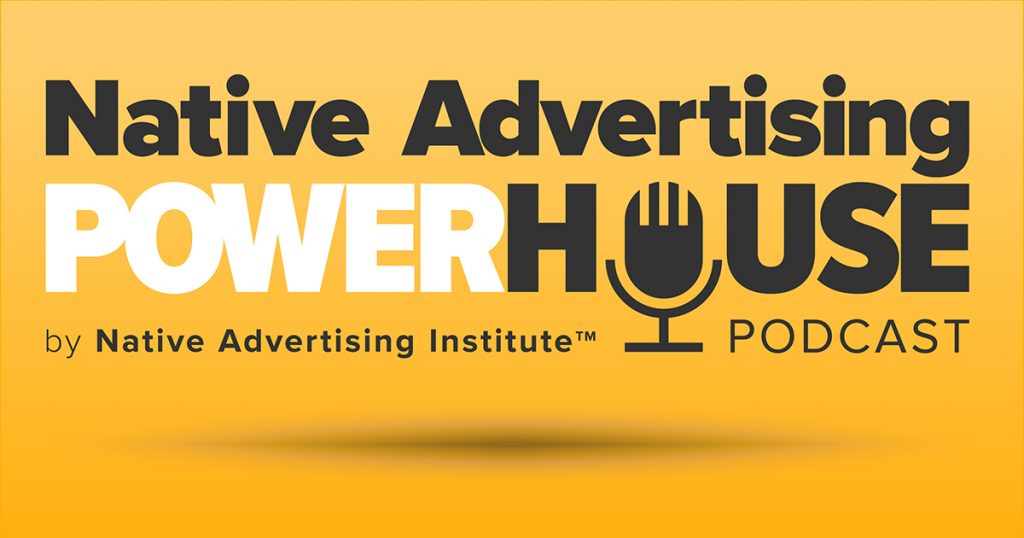 Details
Details

By Martin Wiinholt
CEO, Gonzo Media
Copenhagen, Denmark
Connect
On June 20, 2018, Instagram launched a new video service called IGTV. It is available as a feature in the main Instagram app and as a standalone app. As native advertising experts, linking target audience, platform and formats are always of paramount importance which is why an examination of IGTV is in order.
To summarize, reviewing the platform at this stage, it displays the same systemic issues of the video platform that parent company Facebook has deployed with challenges to sensible monetization and limited search options.
The use of Instagram is more akin to the age-old flipping ‘through old magazines in the doctors waiting room’ experience. It is a lean-back, casual, almost purely visual experience with simple written messages tagged on.
READ MORE: How to use native advertising on social media
Purpose-driven video watching
In our world, an influencer is not just an influencer. The creators who originate from YouTube and who cast themselves primarily as video entertainers go head to head with the ‘’old’ world of entertainment.
These are the people who steal viewers from TV with their lean-forward (or backwards if you’re on a big internet-connected screen) video content. Comedy, gaming, fashion and all kinds of niche hobbies have a place here and we find it mostly on YouTube.
RELATED: How to Collaborate with Instagram Micro-Influencers and Boost Sales
The experience on Instagram is vastly different. The use of Instagram is more akin to the age-old flipping ‘through old magazines in the doctors waiting room’ experience. It is a lean-back, casual, almost purely visual experience with simple written messages tagged on.
Once you dive into the messaging app ‘behind’ the main app, the experience becomes more lean-forward due to it being personal, but the main show floor remains the stream of images and very short videos that you browse leisurely and without great purpose.
‘Purpose’ is perhaps what sets the social media experiences apart. While you can binge-watch YouTube with autoplay turned on, our data indicate that most sessions by far are targeted, sought-after, meetings, catch-ups or information transmissive – i.e. learn how to put on makeup, play a game, catch up on new trends from a respected fashion creator or because you subscribe to a particular creator who regularly uploads videos that you approve of.
Now, with IGTV, apart from the goal of striking a direct hit on YouTube, Instagram wants into the video space to broaden the user experience on the platform.
Mission: make people stop thumbing
In a world defined by video, it was just a matter of time before Instagram got on the wagon. Also, Facebook, Instagram, and Snapchat are all searching for ways to get users to slow down and stop the thumbing. Now, with IGTV, apart from the goal of striking a direct hit on YouTube, Instagram wants into the video space to broaden the user experience on the platform.
For native advertisers this is good news as it provides opportunities to create new and engaging kinds of content - the advantages are evident for fashion and lifestyle profiles where for example lookbook videos would find a natural and more aesthetic habitat on Instagram than YouTube can provide.
RELATED: How to YouTube: 3 Ground Rules for Native & Paid Advertising
We have identified multiple challenges with the way video is presented on IGTV at this time.
First off, you’re limited to seeing videos from people you’re already following or alternatively from accounts that are already hugely popular. If you’re looking for particular content topics, like ‘gaming’, the search results are limited to account names and are not tag-based like on YouTube. For example, a search on ‘make-up tutorial’ turns up just three accounts with the words ‘make-up tutorial’ in them. Hardly what you’d expect.
So, you can only find people you’re already following or celebrities.
However, if your target group already follows someone, you now have a video platform to reach them with, if you run an influencer-driven campaign on Instagram, as you can create customized video content reaching your target audience by means of selecting the right fashion or lifestyle influencers for your brand.
There will be no ads on IGTV to start, but that would be “a reasonable place to end up,” Instagram CEO, Systrom, said at the launch event.
Getting to know the user is important
The next problem is hashtags. We already touched on that, but they’re hugely important if you want to parse the content algorithmically to appeal to certain user profiles or for search in general.
The Facebook video interface has the same problem. Without a proper implementation of hashtags/tags, the video platform becomes a bottomless pit, a Bermuda Triangle, for content mirroring the main Instagram flow and not a default destination for videos to consume. Also, without hashtags, the platform inevitably favours the biggest accounts.
This, however, seems to be a conscious strategy: for smaller creators, videos can be up to 10 minutes long to start, with larger accounts able to post hour-long videos. This is liable to change.
RELATED: How to Succeed With Paid on Instagram
There will be no ads on IGTV to start, but that would be “a reasonable place to end up,” Instagram CEO, Systrom, said at the launch event. He also mentioned there would be a revenue-sharing deal with partners eventually. Unsurprisingly, feedback from creators who gain their livelihood from YouTube indicates this will be crucial for long-term adoption.
For native advertisers, although the vertical format is an additional production complication which we can add to Facebook's square and YouTube’s rectangle, the launch of IGTV is exciting news and it is worth getting in early on the new platform to gain experiences with the new vertical format, the algorithmic distribution model behind the content and with the role the new platform can fill when audience-centric agencies plan their activation tactics.
